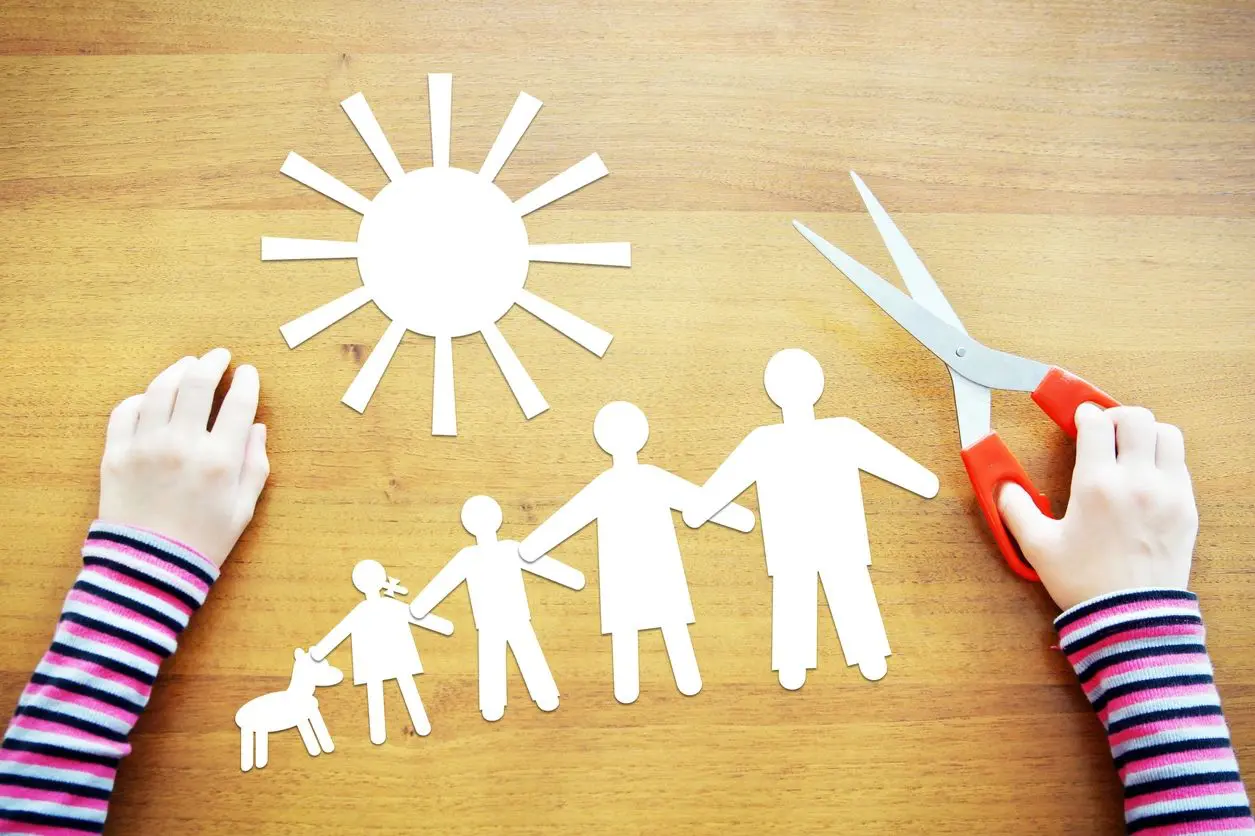
Adoption and Trauma
Adoption is often viewed through a lens of hope and possibility—a way to build families and provide children with stability and care. However, beneath the surface of every adoption story lies a profound layer of loss, separation, and trauma. As an attachment-based therapist, I work with adoptees, adoptive parents, and birth families to navigate the complexities of adoption and its impact on mental health. This blog will explore how adoption is founded in trauma, why it is often misunderstood in therapeutic circles, and how a compassionate, attachment-focused approach can provide healing.
Adoption as a Trauma Experience
Adoption starts with loss: the loss of a biological family, cultural connections, and a sense of continuity for the adoptee. Even in cases where adoption occurs at birth or within loving adoptive families, this loss creates an emotional wound that can have lifelong effects. Here are key ways in which adoption is tied to trauma:
- Separation from the Birth Parent
For infants, the bond with a birth parent is formed in utero. Separation from this primary caregiver, even at birth, can create feelings of abandonment and loss that impact attachment patterns. This early disruption often leaves adoptees with a sense of disconnection or insecurity that may resurface throughout life.
- Identity and Belonging
Adoptees often grapple with questions about their identity: Who am I? Where do I come from? This search for self can be compounded by feelings of being different or “othered” in their adoptive family or community, particularly for transracial or international adoptees.
- Pre-Adoption Trauma
Children adopted later in life often have histories of neglect, abuse, or instability in foster care or orphanages. These experiences create layers of complex trauma that shape their emotional and behavioral responses.
Misunderstandings in Therapy Circles
While the field of mental health has grown to recognize the impacts of trauma, adoption-specific trauma is still often misunderstood or overlooked. Here are some common gaps:
- Minimization of Loss
Therapists may focus on the positive aspects of adoption—a loving family, improved opportunities—while unintentionally minimizing the profound grief and loss adoptees feel.
- Focus on Behavioral Symptoms
Adoptees may present with anxiety, depression, attachment difficulties, or behavioral challenges. Unfortunately, many therapists address these symptoms in isolation, rather than exploring how they stem from adoption-related trauma.
- Lack of Adoption Competence
Not all therapists receive training in adoption-related issues. This can lead to well-meaning but harmful approaches, such as invalidating an adoptee’s feelings of loss or failing to address the complexities of birth family relationships.
How an Attachment-Based Approach Can Help
Attachment-based therapy offers a framework for understanding and healing the wounds of adoption. This approach prioritizes relationships, emotional safety, and the repair of disrupted bonds. Here’s how it can support adoptees and their families:
- Validating the Experience of Loss
Acknowledging and validating the grief and loss inherent in adoption is essential. Therapists can create a safe space for adoptees to express feelings of sadness, anger, or confusion without fear of judgment.
- Strengthening Attachment
For adoptive families, building secure attachment is a cornerstone of healing. Therapists can guide parents in creating a nurturing, consistent environment that helps adoptees feel safe and loved.
- Exploring Identity
Therapy can help adoptees navigate identity questions, reconnect with cultural roots, or process feelings about their birth family. This exploration is crucial for developing a cohesive sense of self.
- Addressing Trauma Responses
Adoption-related trauma can manifest as hypervigilance, emotional dysregulation, or difficulty trusting others. Attachment-based therapy helps adoptees process these responses while developing tools for self-regulation and connection.
- Incorporating Birth Family Dynamics
For many adoptees, relationships with their birth family—or the absence thereof—play a significant role in their emotional landscape. Therapy can provide a space to explore these relationships and their impact on the adoptee’s sense of self.
Practical Tips for Families Navigating Adoption
If you’re an adoptive parent or considering adoption, here are some ways to support your child’s emotional well-being:
Educate Yourself on Adoption Trauma: Read books, attend workshops, and seek out resources that provide insight into adoption-related trauma.
Seek Adoption-Competent Therapy: Work with a therapist who understands the nuances of adoption and can provide tailored support.
Normalize Open Communication: Create a household culture where emotions, questions, and adoption-related topics can be discussed freely and without shame.
Honor Your Child’s Story: Celebrate your child’s history and heritage while also acknowledging the pain of their losses.
Be Patient with the Healing Process: Building trust and addressing trauma takes time. Approach your child’s journey with empathy and patience.
Final Thoughts
Adoption is a beautiful, life-changing experience, but it is also deeply rooted in trauma. Understanding this duality is essential for adoptees, their families, and the professionals who support them. As an attachment-based therapist, my goal is to help adoptees and their families navigate the complexities of adoption with compassion, resilience, and connection. If you’re seeking guidance or support, know that you don’t have to navigate this journey alone—healing is possible, and help is available.

